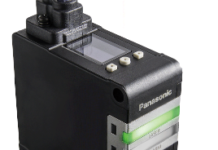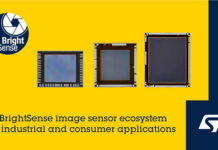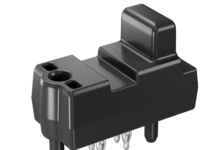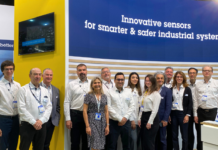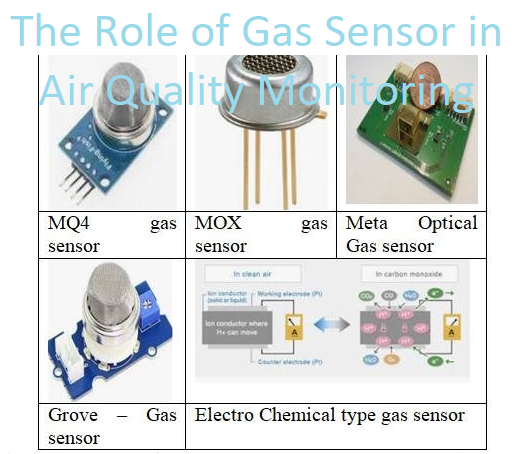
With the acceleration of urbanization and the increase of industrialization, air quality has become an important issue of increasing concern. Poor air quality poses a serious threat to both human health and ecological environment. In order to understand and monitor the air quality in time, gas sensors are widely used in air quality monitoring and play an important role.The role of air quality monitoring has gained notable significance over recent years. One of the major components in this crucial process is gas sensors. A gas sensor is a device that detects the presence of gases in an area, often as part of a safety system. They play a pivotal role in the detection of a wide array of gases, thereby enhancing air quality monitoring.
Where gas sensors play an important role. Gas sensors can collect data in real time and transmit the data to the monitoring system to provide accurate gas quality information. When the harmful gas in the air exceeds the standard, the air sensor will issue an alarm to remind people to take timely measures to protect their lives.
Gas sensors can be installed at different locations in various cities, including roads, parks, buildings, etc. By sensing and detecting key parameters in the air, such as PM2.5, PM10, sulphur dioxide, nitrogen oxides, etc., the data will be transmitted to the cloud in real time. In this way, the monitors and the public can access up-to-date air quality data through mobile phone apps or websites to understand the local air quality situation. Through real-time monitoring, people can take timely measures, such as wearing masks and reducing outdoor activities, to protect their health.
There are several types of gas sensors used in air quality monitoring, each with its unique mode of operation, sensitivity, response time, and ability to detect certain types of gases.For example:
1. Electrochemical Sensors: These sensors measure gas concentration by producing a chemical reaction that generates a current.
2. Infrared Sensors: These sensors measure gas concentration by comparing the amount of infrared light absorbed by a sample to that absorbed by a reference.
3. Metal Oxide Semiconductor Sensors: These sensors detect gases by a chemical reaction that occurs when the gas comes into direct contact with the sensor.
4. Photoionization Sensors: These sensors ionize the gas to be detected and measure the current of the ion flow.
5. Catalytic Sensors: These sensors burn the gas and then measure the heat output.
In air quality monitoring, Monitoring technology is an indispensable and important technical means for people to understand and transform the world, and the sensor is an important tool for the development of information resources in scientific experiments and industrial production and other activities to obtain, transmit and process. For example: Air quality monitors, PM2.5 sensors, TVOC sensors, and many other toxic and hazardous gas sensors.
One of the air quality monitor is a device that senses the quality of the air and detects the presence and concentration of oxygen, carbon dioxide, nitrogen, and a variety of harmful gases. Air quality monitors are widely used in various environmental monitoring situations, such as indoor air quality monitoring, atmospheric environment monitoring, industrial production process control and other fields. It can also help people manage indoor air quality scientifically and effectively. By monitoring the carbon dioxide content, temperature, humidity and other parameters in the indoor air, you can control the ventilation facilities to ensure indoor air circulation, and effectively control the indoor temperature, humidity and other indicators. This can improve indoor air quality and enhance people’s quality of life and health.
In the future,with the improvement of people’s living standards and the growing importance of environmental protection, air quality and atmospheric pollution have put forward higher requirements for sensor monitoring. Gas sensors will be developed on the basis of multidisciplinary integrated technologies such as micro-mechanical and microelectronic technology, computer technology, signal processing technology, sensing technology, fault diagnosis technology, intelligent technology and so on. The development of fully automatic digital intelligent gas sensors capable of monitoring multiple gases simultaneously will be an important research direction in this field.
Gas sensors play an important role in air quality monitoring. These devices provide real-time, accurate, and versatile monitoring of a wide array of gases, thereby playing a crucial role in enhancing air quality. Gas sensors not only ensure compliance with air quality standards but also significantly contribute to the protection of public health and enhancement of environmental sustainability. As technology continues to advance, we can expect the capabilities and applications of gas sensors in air quality monitoring to continue to expand.



